8. Last Year At Marienbad (1961, Alain Resnais)
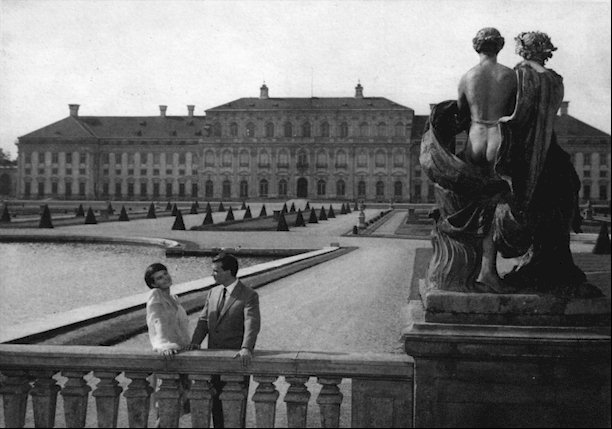
What exactly happened Last Year At Marienbad? This is a question, that lingers on long after watching Alain Resnais cryptic film. A woman referred to as “A” and a man called “X” meet at Marienbad. She is married to “M”. During their stay X tries to convince A ,that they met here last year and promised to meet again this year.
A can’t – or doesn’t want to – believe this. In its 94 minutes, this is about as much plot, as we get from this movie. But what makes this so strong is that Resnais exactly knows how to tackle such a complicated idea.
The film plays with time and goes against most preconceived notions of what a film is supposed to be, and how it’s supposed to tell story. Although it’s easy to get lost in the plot, the film lingers on in the memory of those who see it.
It’s unforgettable imagery and mysterious atmosphere are nothing short of unforgettable and Resnais, who made this film during The French New Wave, which brought us many unconventional and exciting films, might have made the most unconventional and exciting film from that period.
7. Pulp Fiction (1994, Quentin Tarantino)
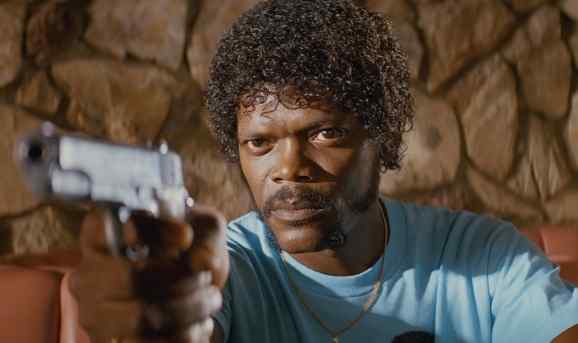
With a film as beloved and influential as Pulp Fiction, it is hard to think of anything to write , that hasn’t already been written. This most incredible thing about this 1994 Palme D’Or winning crime comedy is that it was writer-director Quentin Tarantino’s second film only.
Already having established quite a style in his debut “Reservoir Dogs”, Pulp Fiction establishes Tarantino as a director who can visually engage the viewer as well as write smart dialogue.
Filled with great performances, a terrific soundtrack and an ease and quip in it’s writing that is being copied (mostly poorly) up to this day, this is one of the defining films of the last decades with it’s influence being felt to this day.
6. Aguirre The Warth Of God (1972, Werner Herzog)
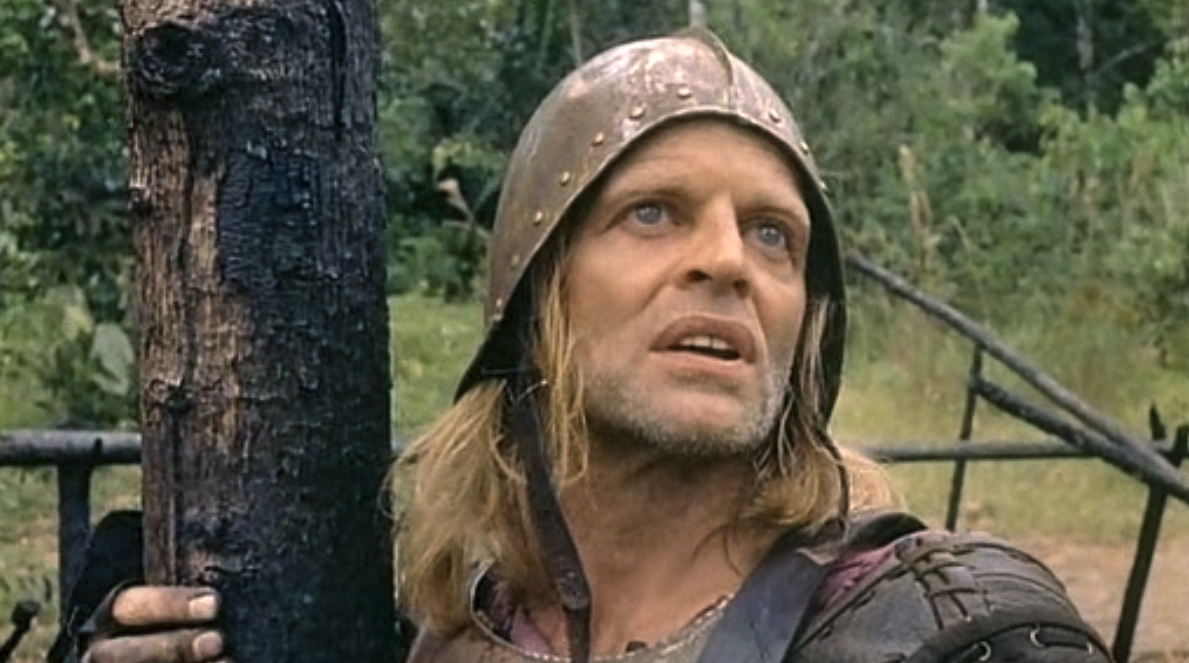
This is the film that first brought together two real forces of nature. Klaus Kinski and Werner Herzog’s celebrated collaboration started with this film and miraculously held all the way into the 1990s.
Still, arguably, both have never been better, than in this ambitious and insane masterpiece about a Spanish Conquistador trying to make his way through the South American Jungle.
Herzog’s documentary roots show in the film, as he and his crew went through a lot of danger to capture the images. But what a film! One of the best studies of madness ever put on film, the film itself seems like a mad fever dream of it’s maker.
Especially as the film progresses, more and more moments of surreal madness find their way into the film, gradually disorienting the viewer until a devastating ending comes crashing down.
5. The Deer Hunter (1978, Michael Cimino)
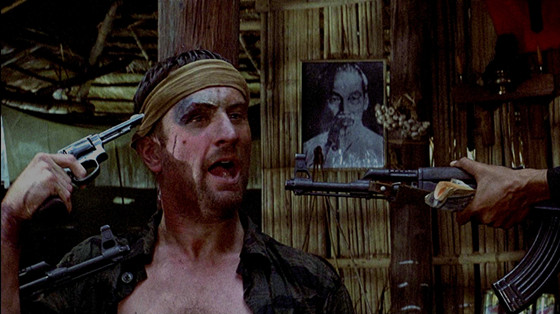
Michael Cimino’s second film is his most successful and probably most widely known film ever. Being one of the first films dealing with the war in Vietnam and the issues of veterans, the film provoked strong reactions.
Yet the film was a huge success and swept the Oscars. It is also a very strong film about friendship, the horrors of war and the pain and trauma, that those who return from war have to deal with. Filled with strong performances from the entire cast, the film is moving and tense at the same time.
The most known scene, in which DeNiro and Walken are forced to play a game of Russian Roulette, is still one of the most nerve-wrenchingly intense scenes to ever be portrayed in a Hollywood film.
4. Anomalisa (2015, Charlie Kaufman)
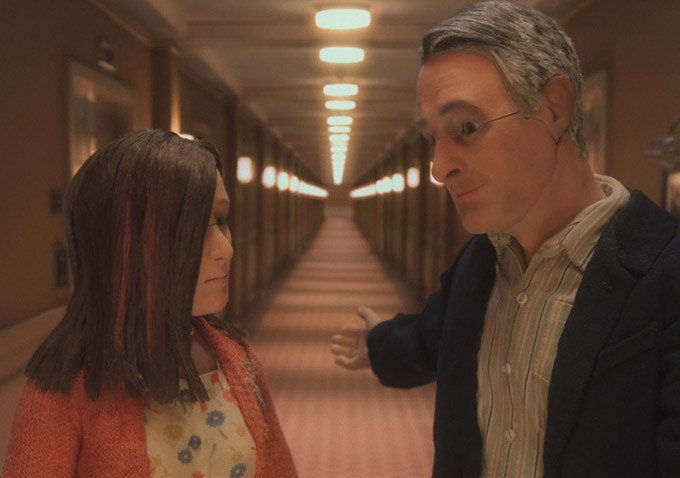
After years of writing amazing screenplays for directors like Spike Jonze and Michel Gondry, Charlie Kaufman decided to try out directing himself. The result was 2008’s “Synecdoche New York”, his wildest and most ambitious screenplay yet.
The film also was huge in scale and took all of his themes and heightened them to a peak. Then for 7 years Kaufman couldn’t get a film made until in 2015 he resurfaced with Anomalisa.
The film seems very uncharacteristic for Kaufman at first: It’s a very small film, with basically only 2 main characters and doesn’t contain the meta levels usually displayed.
Also: it’s a Stop-Motion animated film. Yet it’s uniquely his with his writing shining through and even reocurring motives(puppets turn up in the most literal way). An intimate story about relationships and paranoia this sad film is a marvel. Now we can only hope it won’t take too long for Kaufman’s next directing credit.
3. The Assassination Of Jesse James By The Coward Robert Ford (2007, Andrew Dominik)
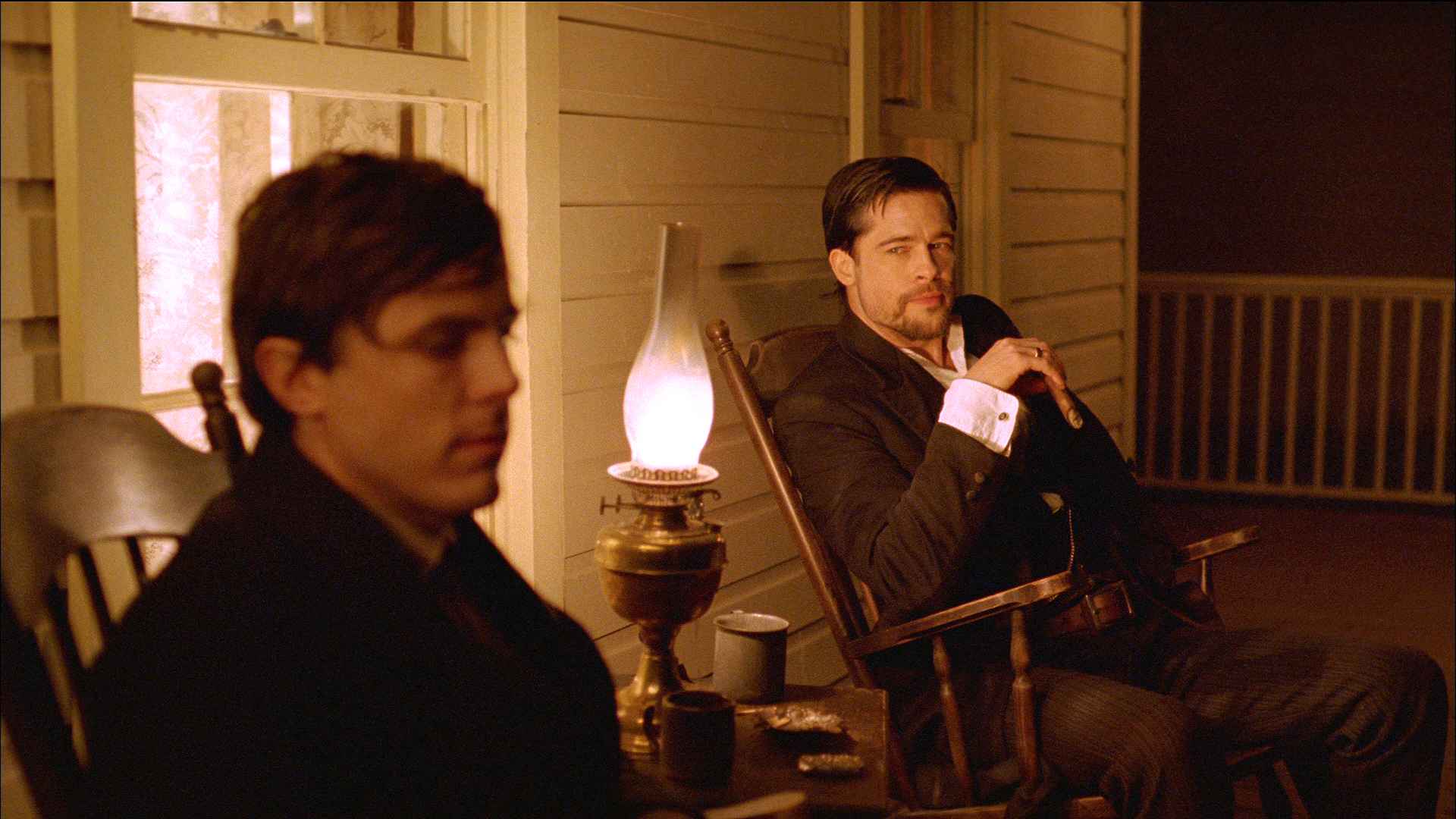
In the year 2007, with films like “No Country For Old Men”, “3:10 To Yuma”, to a certain extent “There Will Be Blood” and this film, something very unlikely happened: The Western suddenly had a sort of renaissance that has been lasting up to this year with the release of titles like “The Hateful Eight” and “Bone Tomahawk”.
Yet, out of all those films, one could argue that “The Assassination Of Jesse James By The Coward Robert Ford” is the most thoughtful one, while also being in a sense the most traditional one, at least when it comes to the look.
Except for that the film barely uses any of the iconography of a western though. It defies the cliches of standoffs and heroic outlaws to paint a realistic and tragic portrayal of the “Wild West”, while also dealing with themes of celebrity and obsession.
Everyone here is at their best, with Brad Pitt and Casey Affleck delivering beautiful performances that let you forget the actors behind the roles and Roger Deakins doing some of his best work ever. It’s a shame that almost ten years later, Andrew Dominik has only released one film since (2012s “Killing Them Softly”), but this film is going to be remembered for the ages.
2. The Mother And The Whore (1972, Jean Eustache)
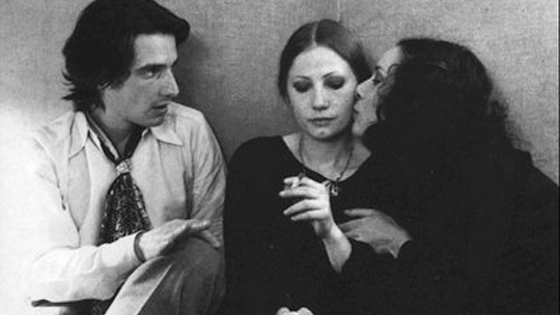
Sadly Jean Eustache is a name that even cinephiles often haven’t heard of. The french director was part of the generation of filmmakers that arose after the French New Wave, though his work and especially this film can be seen as the French New Wave’s fulminant closure.
Jean Eustache barely made any features in his career, his films are very hard to find (this one included) and at the age of 42 years he committed suicide. Yet he was and still is very beloved amongst filmmakers ( Wim Wenders cast him in a small role in “The American Friend”, as did Godard in “Week-End”, and Jim Jarmusch dedicated “Broken Flowers” to Eustache).
The film stars Jean Pierre Leaud as Alexandre – an unemployed french intellectual, who lives at his girlfriends apartment and spends his days sitting at a cafe, talking to friends and flirting with women. He starts an affair with the nurse Veronique, and all although his girlfriend insists on not caring about the affair all kinds of tensions soon evolve.
The basic plot outline seems very simple and, nowadays, with so any films about love triangles, yet this film is very different, because it doesn’t romanticize any of the characters or actions. Instead what we get is a depiction of young people in Paris after May 1968.
The film is 219 minutes long, but worth watching every second. Where any romance would have tied up the story in an hour and a half, giving our characters conclusion, and ,probably, redemption to at least one of them, this film just digs deeper and deeper until all illusions are shattered, and we are left with the ugly truth.
1. Andrei Rublev (1966, Andrei Tarkovsky)
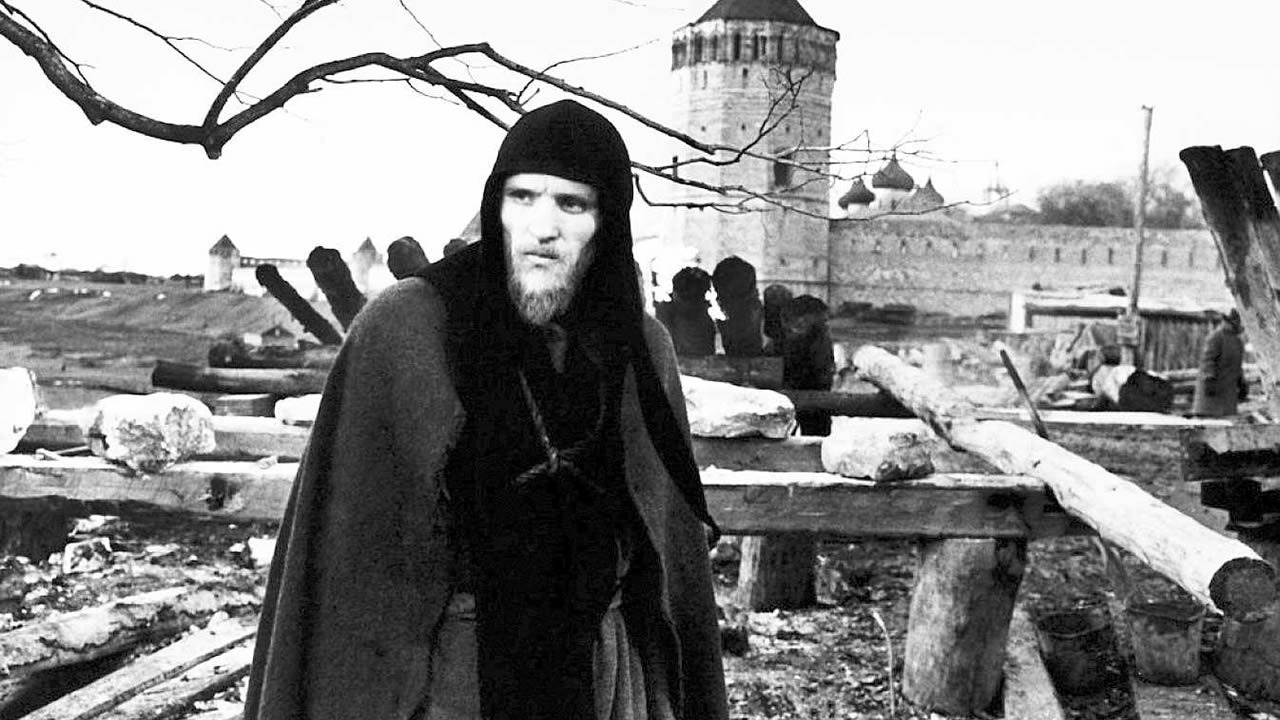
After already winning a Golden Lion for his feature film debut “Ivan’s Childhood” , it seems hard to imagine Tarkovsky had any higher artistic achievement to reach.
Tarkovsky decided to follow up his feature debut with a portrait of the medieval Russian monk & painter Andrei Rublev, who created some of the most beloved icons in Russian art. Rather than documenting the historic painter’s life though, Tarkovsky paints a picture of medieval Russia in all it’s brutality and tackles themes, that would reoccur throughout his entire life, such as: the necessity of art, spirituality, nature…
Not only thematically but also stylistically Tarkovsky reaches a maturity, that is amazing for a second film. His camera moves slowly and patiently as he captures scenes of big battles with the same intensity as he does the sculpting of a bell, or the painting of an icon. Like his other films, Andrei Rublev is a film, that doesn’t only look beautiful, it truly pulls you in as a viewer.
Tarkovsky use of elements in his films makes the world feel almost tangible, and Andrei Rublev is no exception. Rain, fire, mud and wind can be seen, heard and felt in this film, that is a force of nature itself and deserves to be seen by anyone, who calls themselves a film lover.
Author Bio: Sebastian Bobik was born in New York but moved to Vienna in an early age . After being dazzled by the likes of Kurosawa and Tarkovsky amongst others he decided to become a filmmaker , so far a handful of rather miserable short films stand claim to that . You can also follow his ramblings on Twitter at @SebastianBobik.